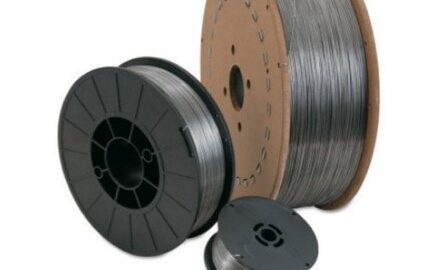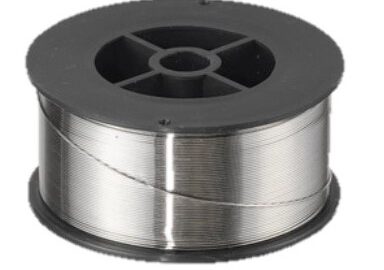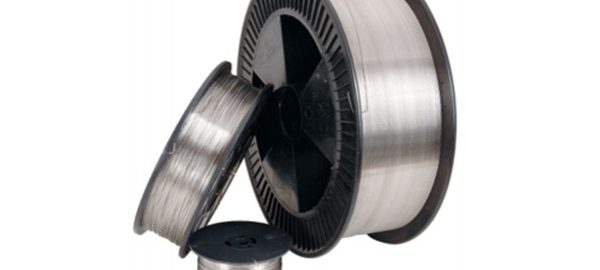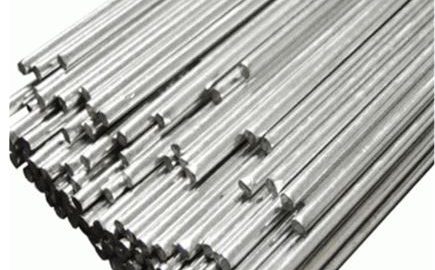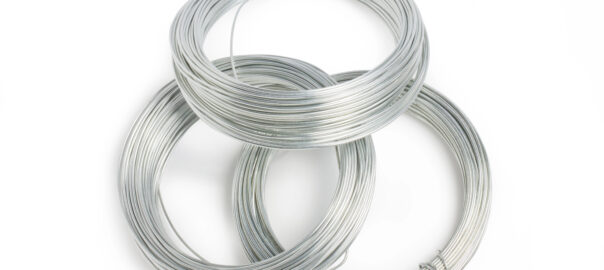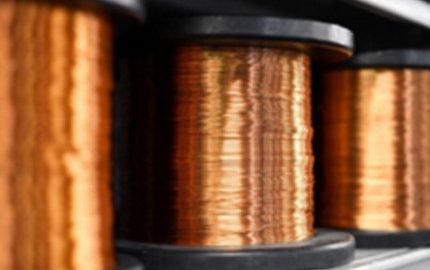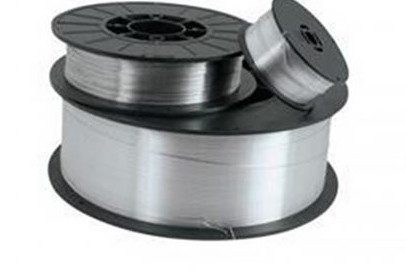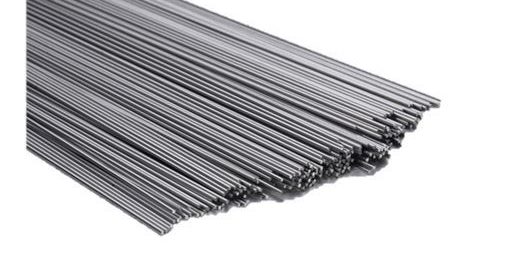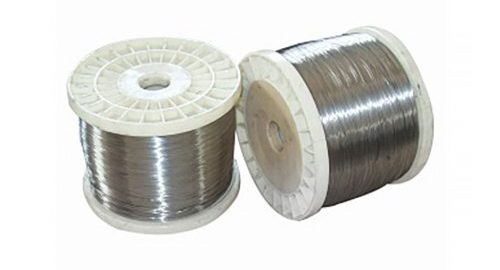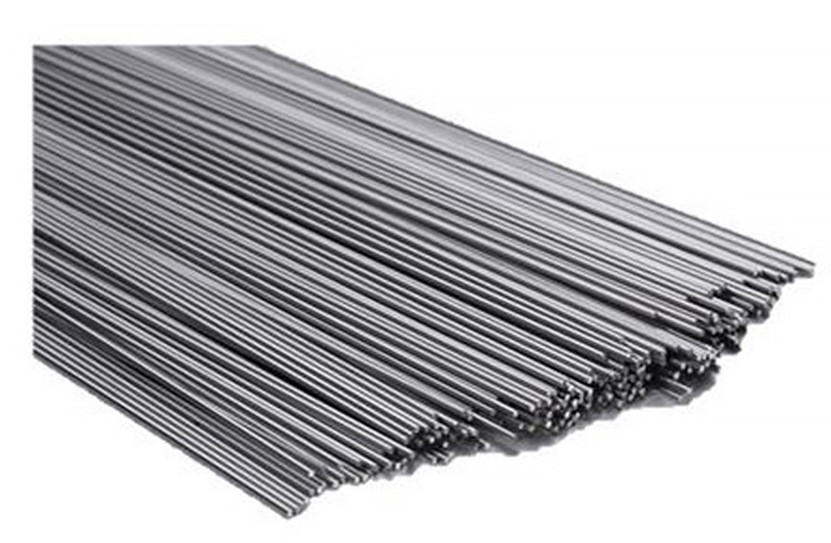
“Regarding differences between 4043 and 4047, 4043 basically is aluminum with 5 percent silicon added, while 4047 is aluminum with 12 percent silicon added. The additional silicon has several effects.”
4047 Aluminum Welding Wire has a higher silicon content than 4043 providing and increased fluidity. It produces a bright and almost smut free weld. It is a non-heat treatable alloy.

“A pure metal has one specific melting point. However, an alloy melts over a range of temperatures. On heating, it begins to melt at one temperature, called the solidus, and finishes melting at a higher temperature, called the liquidus. If you look at the alloy between these two temperatures, you will see both liquid and solid. The temperature difference between the liquidus and solidus is called the melting range. It can be shown that the resistance to weld cracking is related to the melting range. The smaller the melting range, the more crack-resistant the alloy.
The 4043 wire has a solidus temperature of 1,065 degrees F and a liquidus temperature of 1,170 degrees F, or a melting range of 105 degrees F. The 4047 wire has a solidus temperature of 1,070 degrees F and a liquidus temperature of 1,080 degrees F, or a melting range of 10 degrees F. Therefore, 4047 is more crack-resistant than 4043, which is crack-resistant in its own right. This is the real advantage of 4047 over 4043. If you are using 4043 and still have weld cracking problems, try 4047. It probably will not crack.
The 4047 wire has two other advantages over 4043 wire. First, it is a bit stronger than 4043. However, the difference is only 1,000 or 2,000 pounds per square inch, so this advantage probably is insignificant. The molten weld pool also is slightly more fluid than 4043, which can sometimes be an advantage.
The real cost associated with producing 4047 wire is its low elongation, which means that only one or two draw reductions can be taken before the wire becomes brittle enough to break. To prevent wire breakage, the coil of wire is taken offline to a furnace and annealed. This is called an intermediate anneal. The coil of wire then is put back onto the draw bench, and one or two more draws are done. Then it’s time for another intermediate anneal. You get the idea. Because of its lower elongation, 4047 requires several more intermediate anneals than 4043 during processing. So 4047 is more expensive than 4043. This is the reason for most of the cost difference between the two wires.
So should you give up on 4043 and switch to 4047 for all your applications? No. Using 4047 is not a panacea. Use 4043 like you do now for most applications. When you have an application that shows centerline weld cracking with 4043, try 4047.” From The Fabricator The Welder Journal.




